The Highest Tide in 50 Years Hits Venice
On Tuesday night, the high-water mark hit 187cm (74 inches) in Venice, just short of the 194cm (76 inches) reached in the infamous 1966 flood. A second peak was recorded this morning (Wednesday) when water levels hit the 160cm (63 inches) mark.
Over 85% of the city was submerged. "Venice is on its knees," tweeted the city’s mayor, Luigi Brugnaro, who called for a state of emergency. At the moment, the entire city is shut down. Schools, museums, and offices closed.
Two people have died on the island of Pellestrina, which forms a barrier between the southern Venetian Lagoon and the Adriatic Sea. The first among them, an elderly man, was reportedly struck by lightning while using an electric water pump.
Regional governor Luca Zaia called this event “an apocalyptic disaster."
Several fires broke out throughout the night, including one at the International Gallery of Modern Art Ca' Pesaro. Even the mural depicting a migrant child, painted last Spring by the famous street artist Banksy, was submerged.
Homes, museums, hotels, churches, and all sorts of structures suffered damage. Authorities are particularly worried about the famed St Mark’s Square, which was submerged under more than one metre (3.3ft) of water, while St Mark’s Basilica was flooded and risks “irreparable harm.” This is the sixth time the basilica has been flooded in 1,200 years and, most allarmingly, four of those inundations happened within the last 20 years, the most recent one occuring in October 2018.
Venice is no stranger to “Acqua alta” (high tides, ed.), but the situation has been escalating of late, making it especially dangerous when combined with the gradual sinking of the city. “Acqua alta has always been normal,” said Lorenzo Bonometto, an expert on lagoon ecology. “But the combined high tide and strong winds made the result an exceptional event,” he said, adding that Sea levels are rising “at a faster rate” than experts had expected, with a greater impact on the lagoon.
Mayor Brugnaro blames these exceptionally high tides on climate change. “We are asking for support from the government,” he tweeted. “Costs will be high. These are the effects of climate change.”
The financial cost of the severe flooding is in fact expected to run to hundreds of millions of euros and this latest disaster reopened the debate surrounding the MOSE (MOdulo Sperimentale Elettrotecnico) project, ideated in the 80s and begun in 2003 to protect Venice from the ever-present threat of Acqua alta.
Construction for the project, which consists in installing 78 flap gates to separate the lagoon from the sea in the event of high tides, began in 2003 but was halted in 2014 when members of Consorzio Venezia Nuova (CVN), which was charged by the ministry of infrastructure to carry out construction, were accused of using illicit funds.
In july 2018, in response to requests of progress updates, Francesco Ossola of CVN declared that “today, 93% of the work has been completed and all dams will be installed by the end of the year.” The project reamains however incomplete to this day.
“We need resources and clear ideas,” Mayor Brugnaro said. “For now, MOSE is a ghost. We want to see it finished.”
On the project’s website it reads that MOSE “can protect Venice and the laguna from floods up to 3 meters and from a rise in sea level of up to 60 cm for the coming 100 years.” However Venitians have expressed skepticism on whether the barriers would have indeed been enough to prevent this disaster had they been completed and functional.
Many argue that the project, which cost over 7 billion euro and remains unfinished after decades, is inadequate, an enormous waste of public funds.
But something has to be done. Because high tides will continue to hit Venice and its surrounding areas, and as a result of rising sea levels, they will likely be increasingly violent and impredictable.
"We are not just talking about calculating the damages, but of the very future of the city" Mr Brugnaro told reporters.






























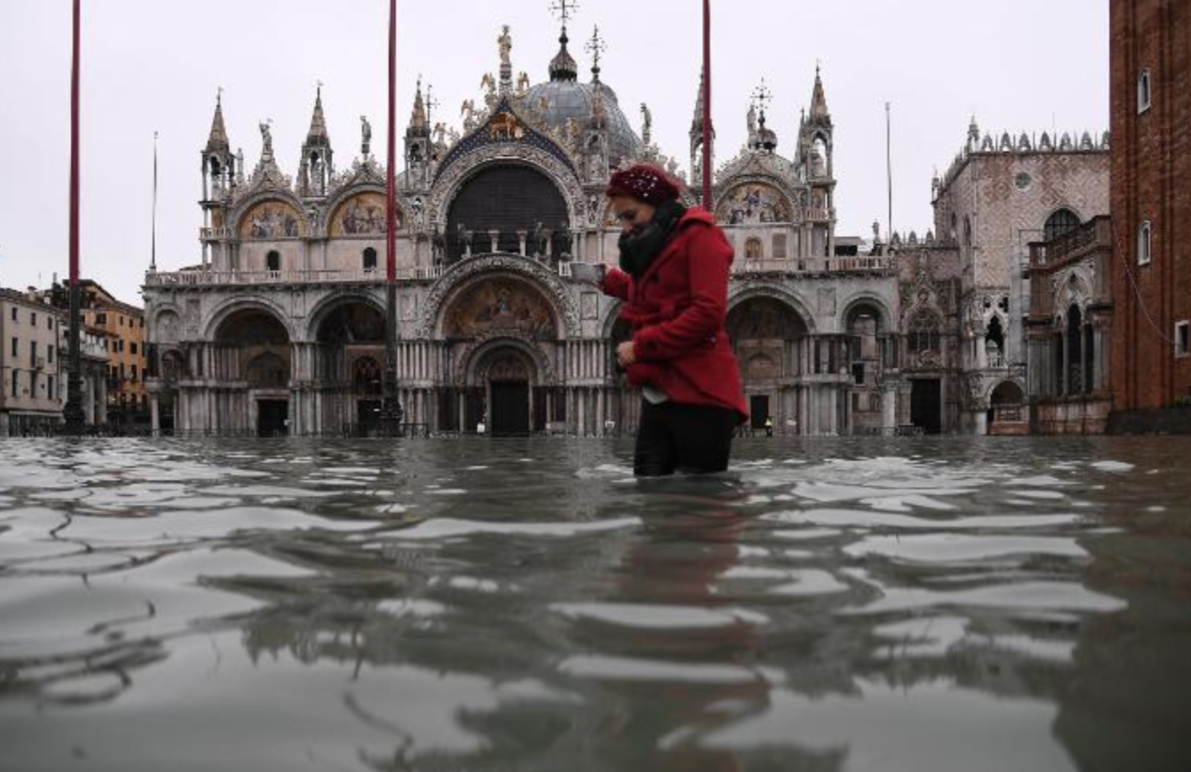
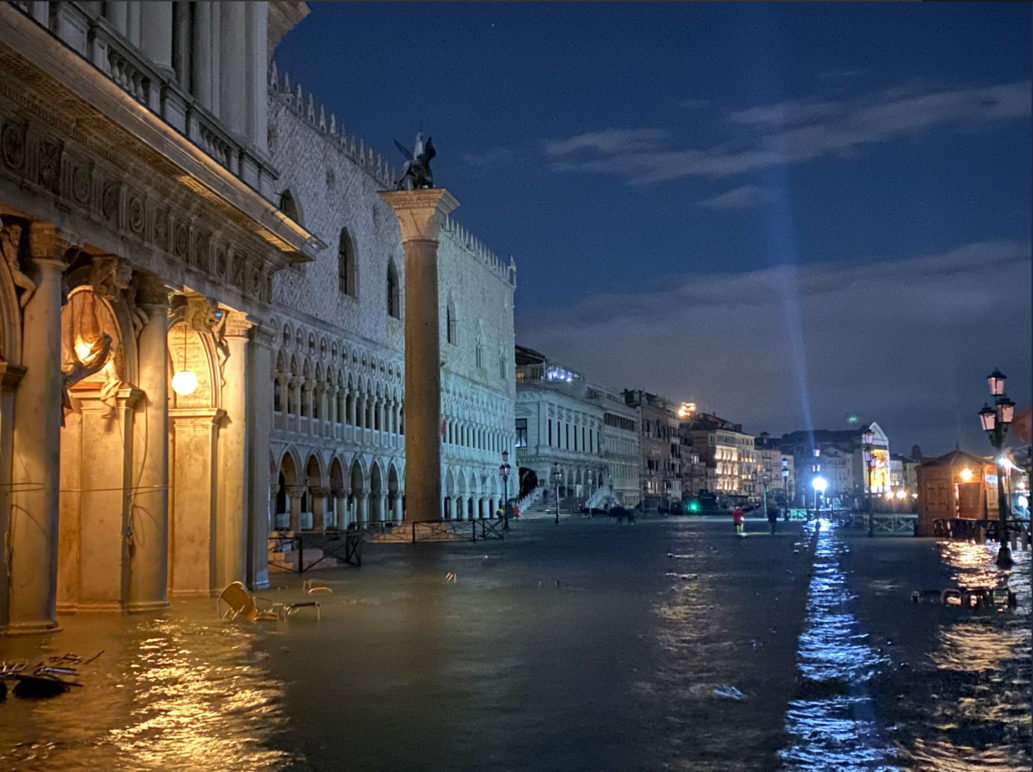
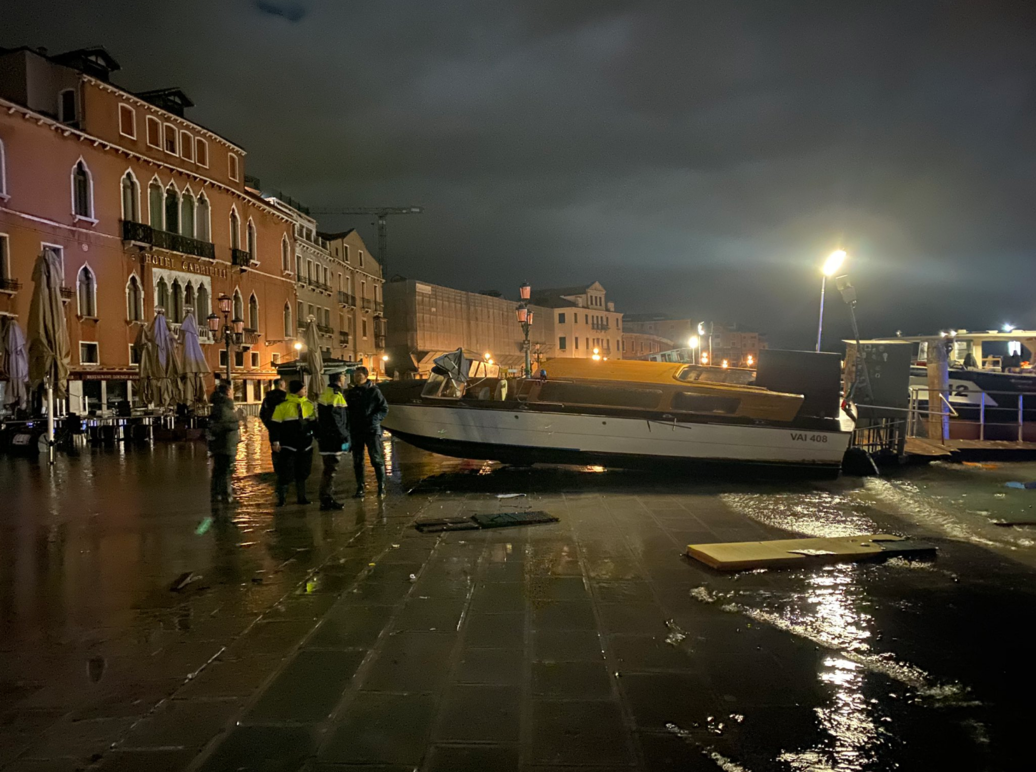
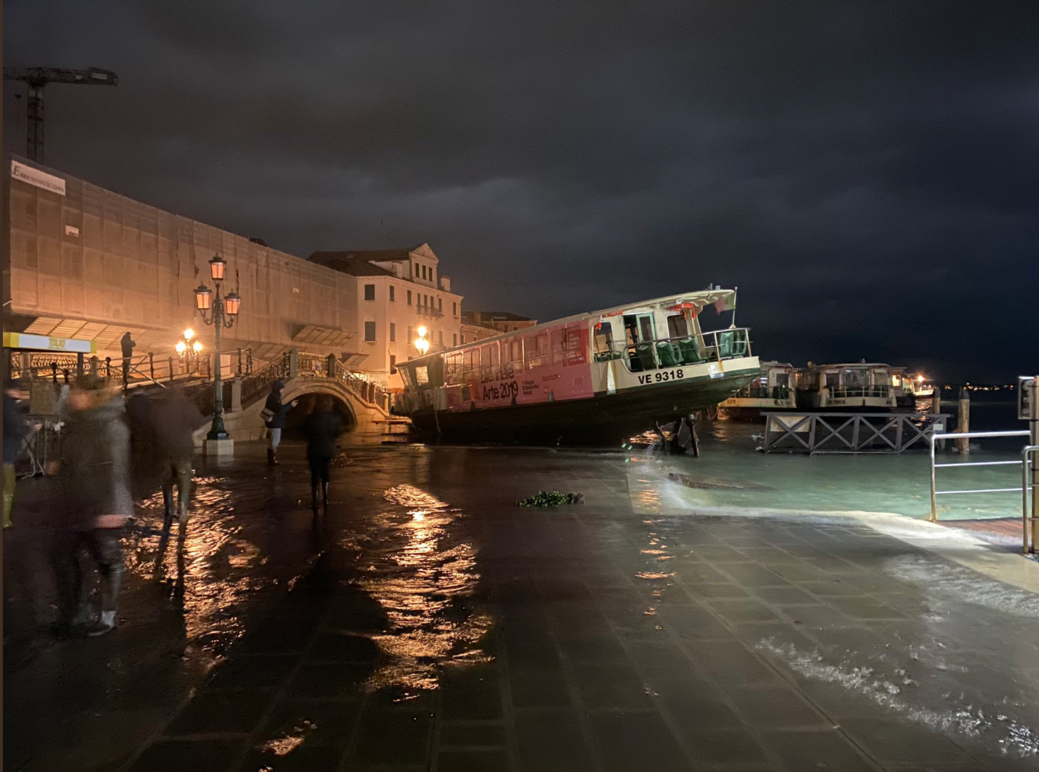

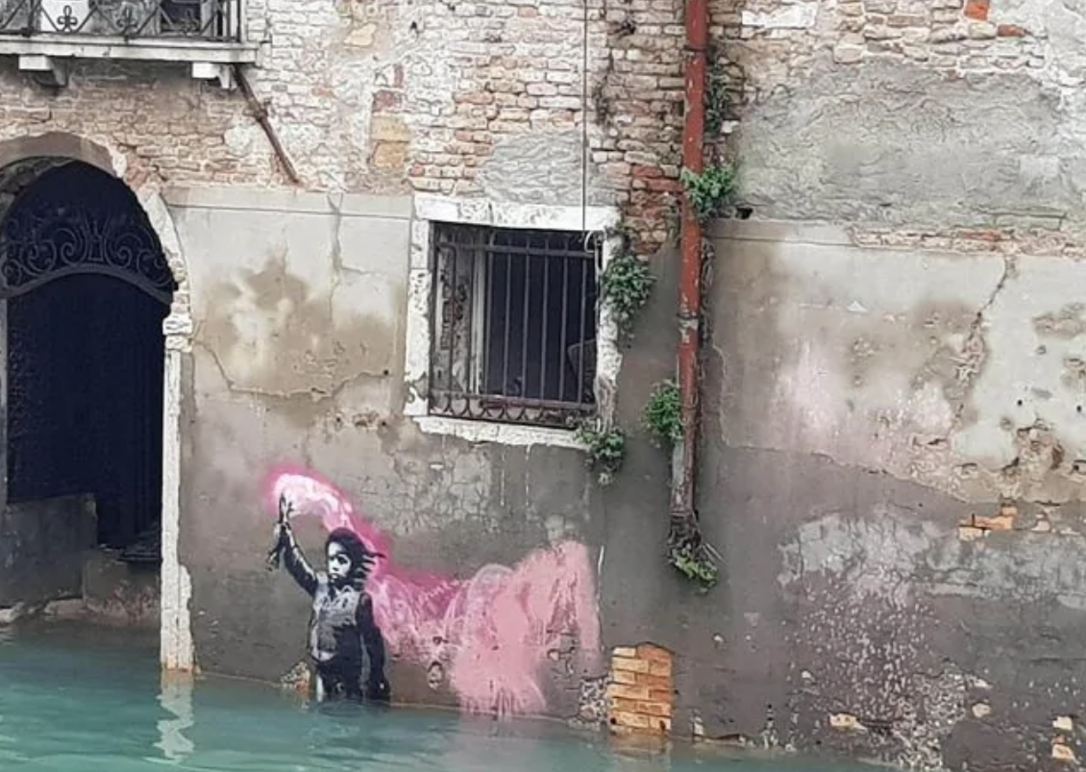
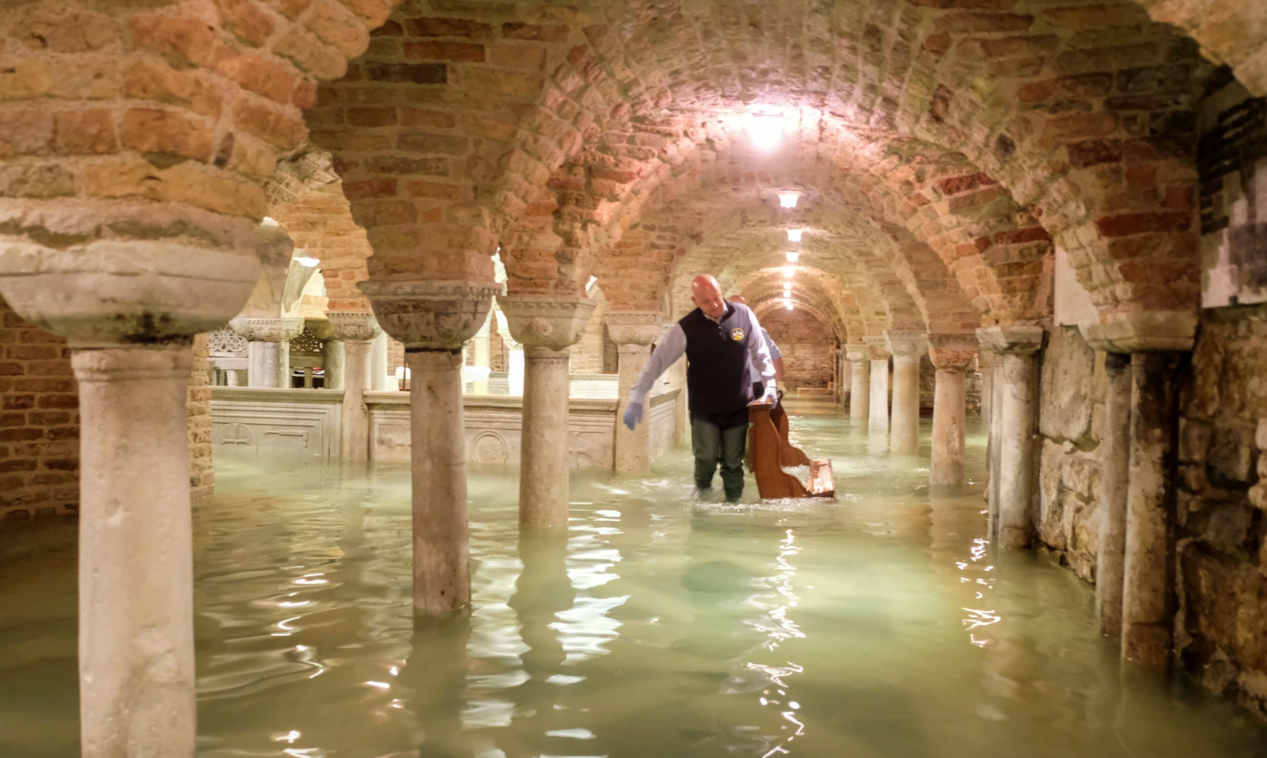
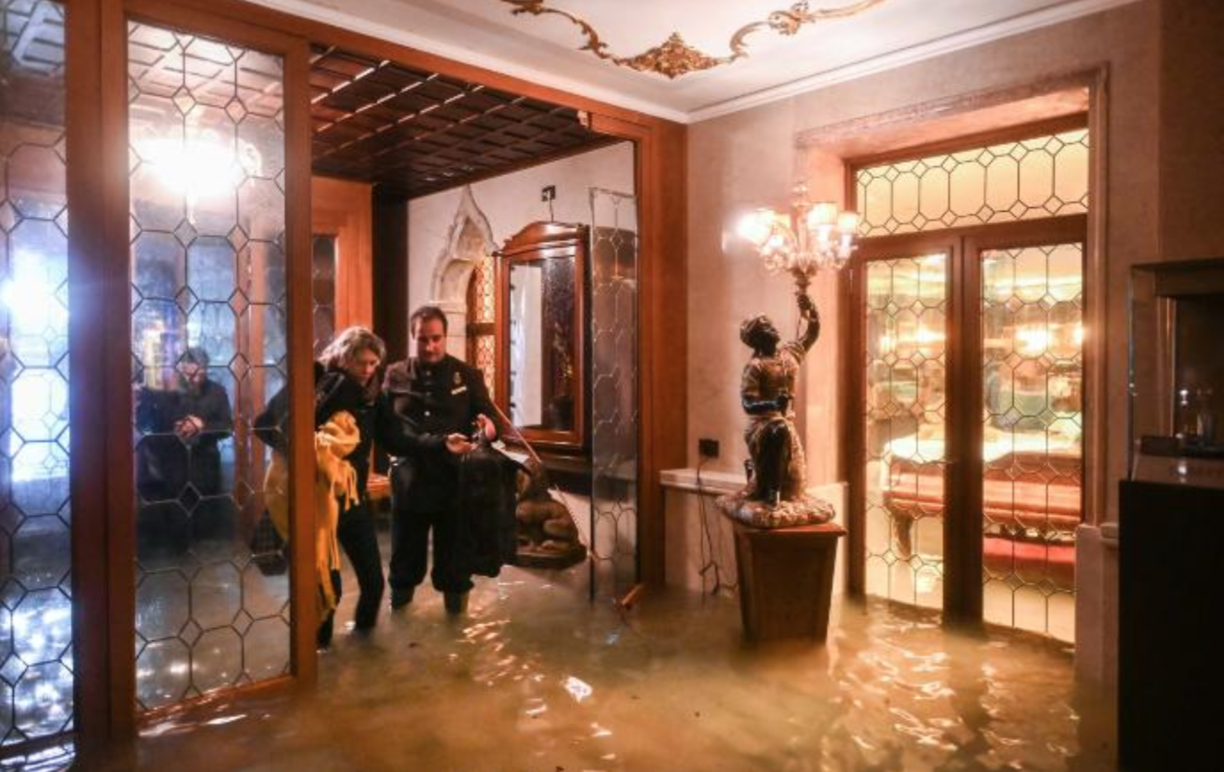
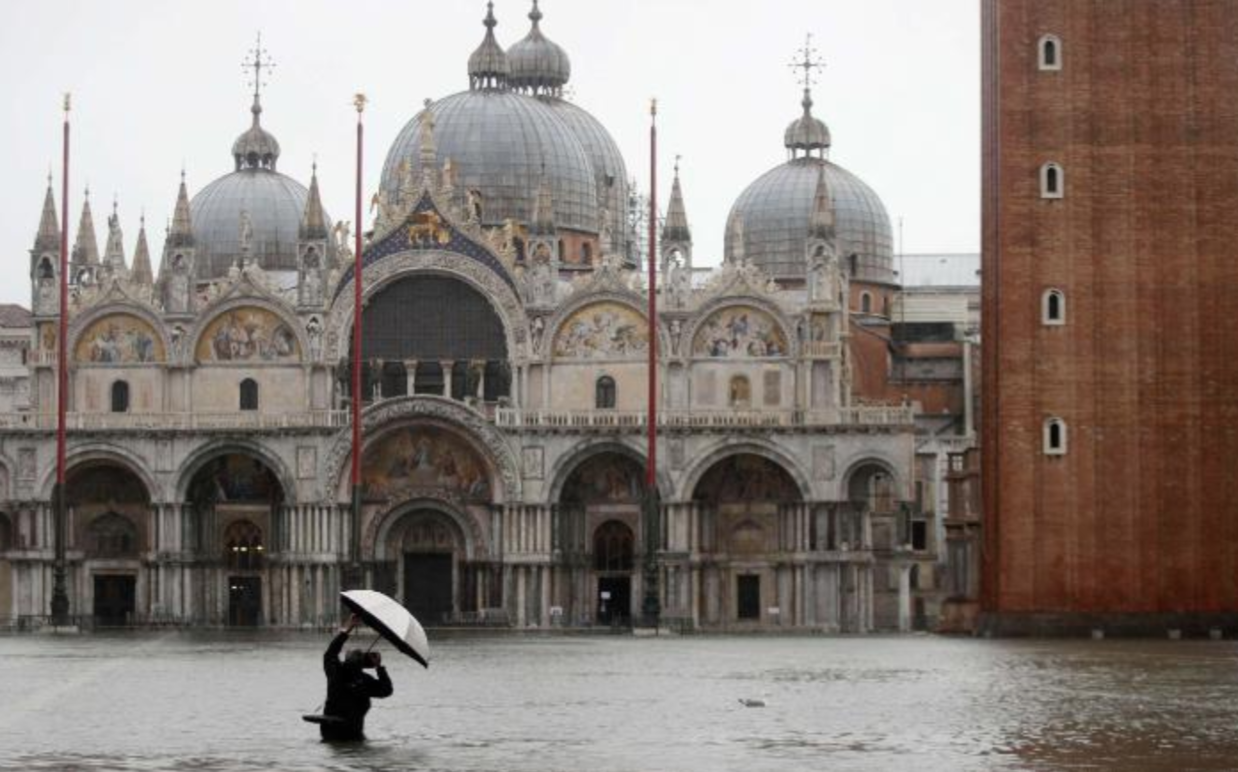
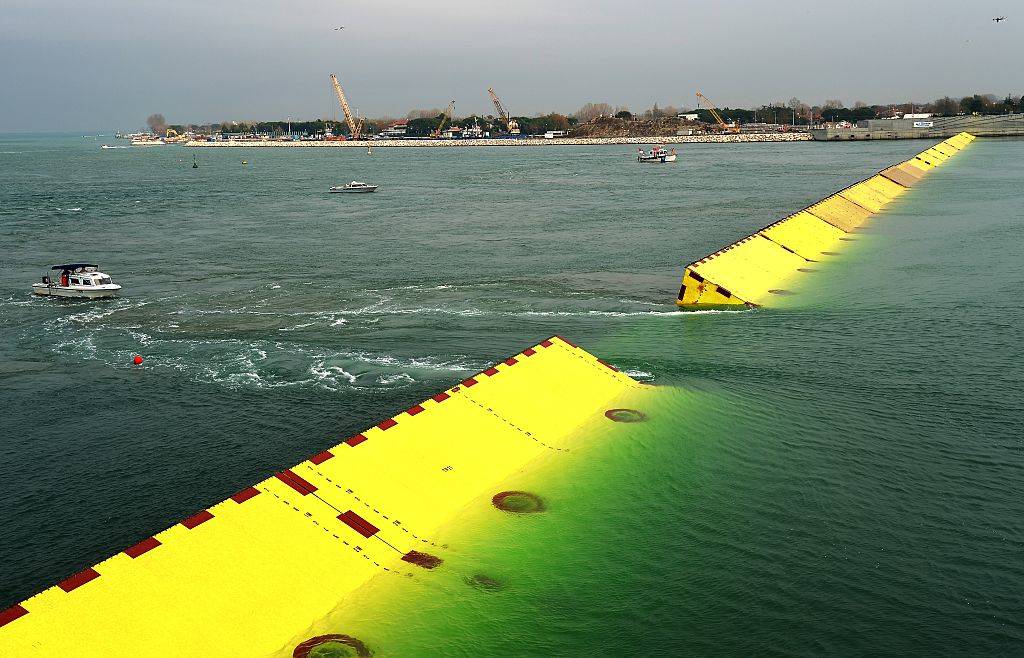



i-Italy
Facebook
Google+
This work may not be reproduced, in whole or in part, without prior written permission.
Questo lavoro non può essere riprodotto, in tutto o in parte, senza permesso scritto.